
SimCity, also known as Micropolis or SimCity Classic, is a city-building simulation video game developed by Will Wright, and released for several platforms from 1989 to 1991. SimCity features two-dimensional graphics and an overhead perspective. The game's objective is to create a city, develop residential and industrial areas, build infrastructure, and collect taxes for further city development. Importance is placed on increasing the population's standard of living, maintaining a balance between the different sectors, and monitoring the region's environmental situations to prevent the settlement from declining and going bankrupt.
In computer science, group coded recording or group code recording (GCR) refers to several distinct but related encoding methods for representing data on magnetic media. The first, used in 6250 bpi magnetic tape since 1973, is an error-correcting code combined with a run-length limited (RLL) encoding scheme, belonging into the group of modulation codes. The others are different mainframe hard disk as well as floppy disk encoding methods used in some microcomputers until the late 1980s. GCR is a modified form of a NRZI code, but necessarily with a higher transition density.

Dasyuris is a genus of moths in the family Geometridae first described by Achille Guenée in 1868.

Parienia is a genus of moths belonging to the subfamily Olethreutinae of the family Tortricidae. This genus was described by Edward Meyrick in 1881. It consists of only one species, Parienia mochlophorana, which is endemic to New Zealand.
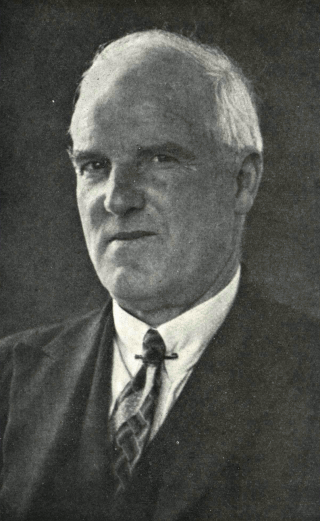
William George Howes was a New Zealand entomologist and businessman.

Dasyuris partheniata is a species of moth in the family Geometridae. It is endemic to New Zealand. It is classified as "At Risk, Declining" by the Department of Conservation.

Dasyuris enysii is a species of moth in the family Geometridae. It is endemic to New Zealand. This moth is classified as "At Risk, Naturally Uncommon" by the Department of Conservation.
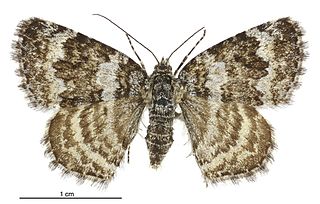
Dasyuris octans is a species of moth in the family Geometridae. It is endemic to New Zealand. This moth is classified as "At Risk, Naturally Uncommon" by the Department of Conservation.
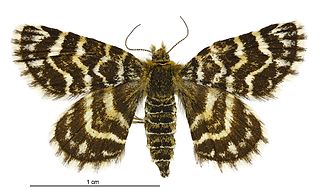
Notoreas hexaleuca is a species of moth in the family Geometridae. This species is endemic to New Zealand.

Dasyuris anceps is a species of moth in the family Geometridae. It is endemic to New Zealand.

Dasyuris austrina is a species of moth in the family Geometridae. It is endemic to New Zealand.

Dasyuris callicrena is a species of moth in the family Geometridae. It is endemic to New Zealand.
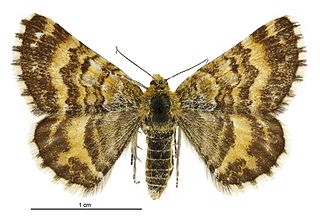
Dasyuris catadees is a species of moth in the family Geometridae. It is endemic to New Zealand.

Dasyuris fulminea is a species of moth in the family Geometridae. It was first described by Alfred Philpott and is endemic to New Zealand. It has been observed in the regions of the West Coast, Fiordland and Otago. Adults are day flying and are on the wing from December until February.

Dasyuris hectori is a species of moth in the family Geometridae. It is endemic to New Zealand.
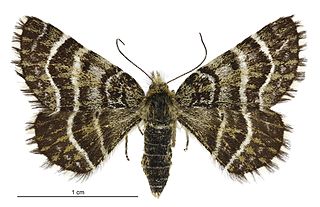
Dasyuris leucobathra is a species of moth in the family Geometridae. It is endemic to New Zealand.

Dasyuris pluviata is a species of moth in the family Geometridae. It is endemic to New Zealand.

Dasyuris strategica is a species of moth in the family Geometridae. It is endemic to New Zealand.
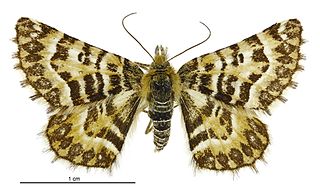
Dasyuris transaurea is a species of moth in the family Geometridae. It is endemic to New Zealand.


















